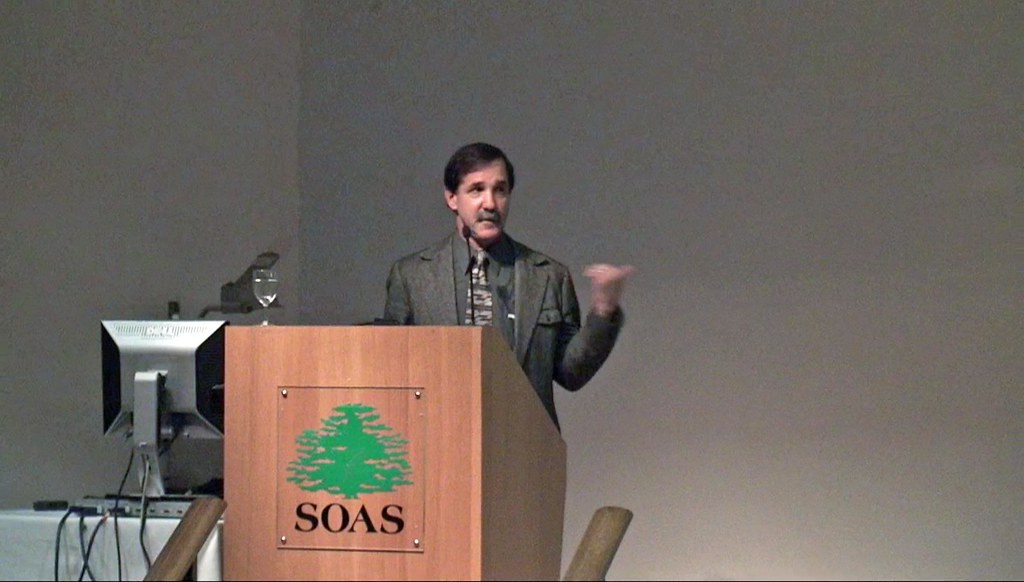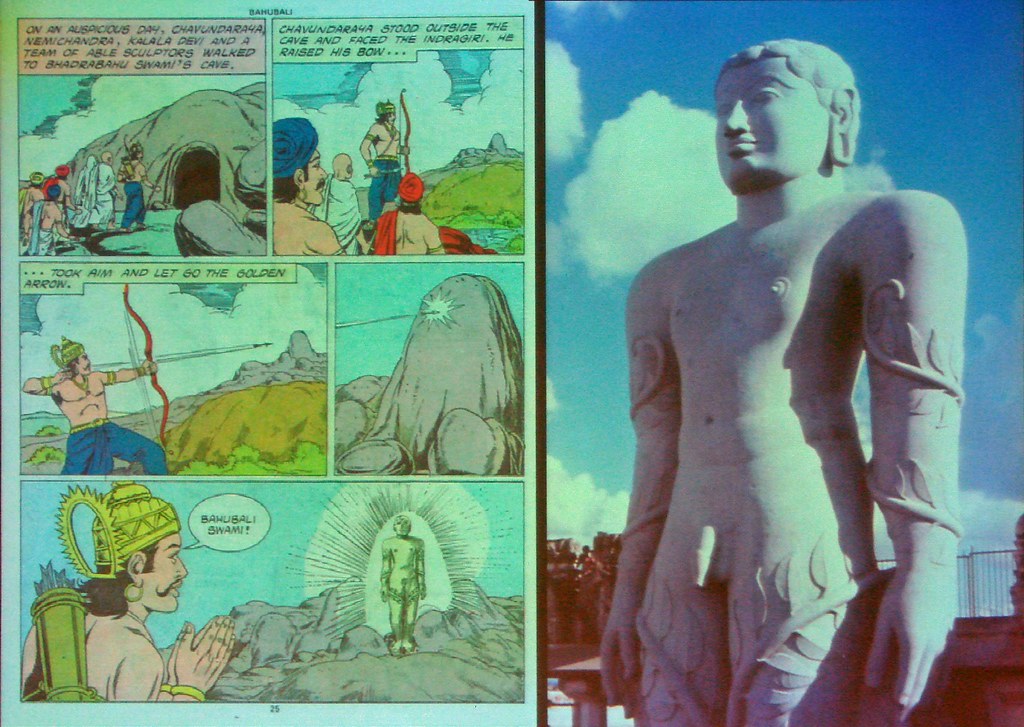
Friday, 7th March 2008
Brunei Gallery Lecture Theater
Jaina Art & Architecture
10th Jaina Studies Workshop at SOAS
From Narrative to Icon: The Bāhubali Image at Śravaṇabeḷgoḷa
Dr. Robert J. Del Bontà, San Francisco
 Lecture: From Narrative to Icon: The Bāhubali Image at Śravaṇabeḷgoḷa
Lecture: From Narrative to Icon: The Bāhubali Image at Śravaṇabeḷgoḷa
One of the most popular images created by the Digambara Jainas is that of Bahubali, the son of the first tirthankara, Rsabha. In turn, the most famous such image is the colossal monolith at Sravanabelgola. I want to investigate the full significance of this image. Some works of Indian art tell narratives and others are essentially iconic images, which also contain references to narrative. At times these references are there merely to identify the image, but in some cases the line between narrative and icon is blurred and the image serves a double purpose.
Studying how this image differs from earlier ones from such sites as Badaml, Ellora underscores some key differences in iconography and meaning. These distinctions are tied to narrative. It can be argued that rather than merely paring down the narrative elements at Sravanabelgola and stressing the iconic quality of the image, a much deeper change has occurred.
Combined with the visual evidence, I want to consider various Digambara and Svetambara accounts of his life and his attainment of enlightenment to try to understand the real meaning of this sculpture as it has evolved over time. Underscoring these sectarian differences, Bahubali takes on an importance that far outweighs a simple identification of the image.
 Lecture: From Narrative to Icon: The Bāhubali Image at Śravaṇabeḷgoḷa
Lecture: From Narrative to Icon: The Bāhubali Image at Śravaṇabeḷgoḷa
The first 10 minutes on video:
Full Speech Audio:
|
Photos:
 Lecture: From Narrative to Icon: The Bāhubali Image at Śravaṇabeḷgoḷa
Lecture: From Narrative to Icon: The Bāhubali Image at Śravaṇabeḷgoḷa
 Lecture: From Narrative to Icon: The Bāhubali Image at Śravaṇabeḷgoḷa
Lecture: From Narrative to Icon: The Bāhubali Image at Śravaṇabeḷgoḷa Lecture: From Narrative to Icon: The Bāhubali Image at Śravaṇabeḷgoḷa
Lecture: From Narrative to Icon: The Bāhubali Image at Śravaṇabeḷgoḷa Dr. Robert J. Del Bonta
Dr. Robert J. Del Bonta